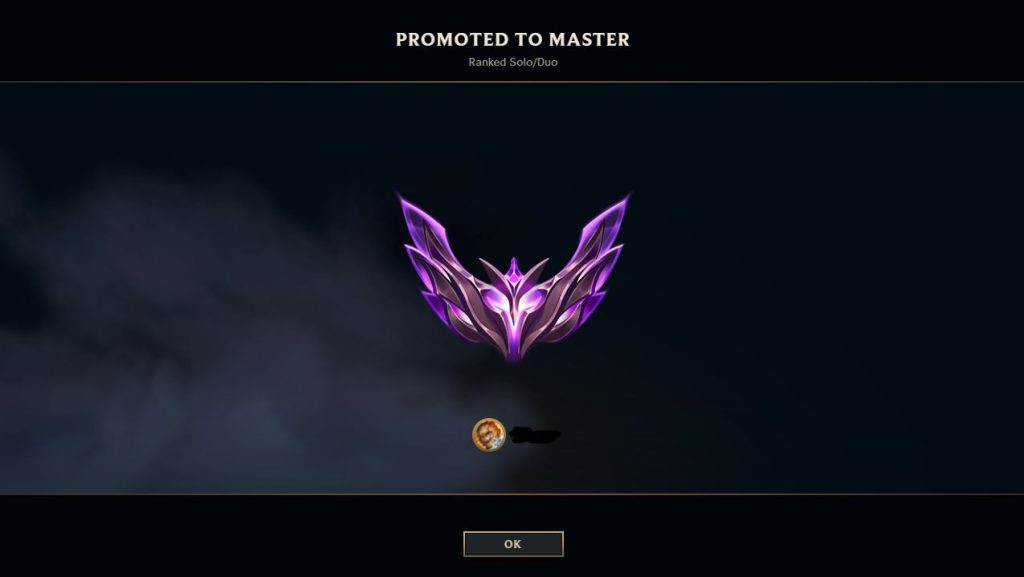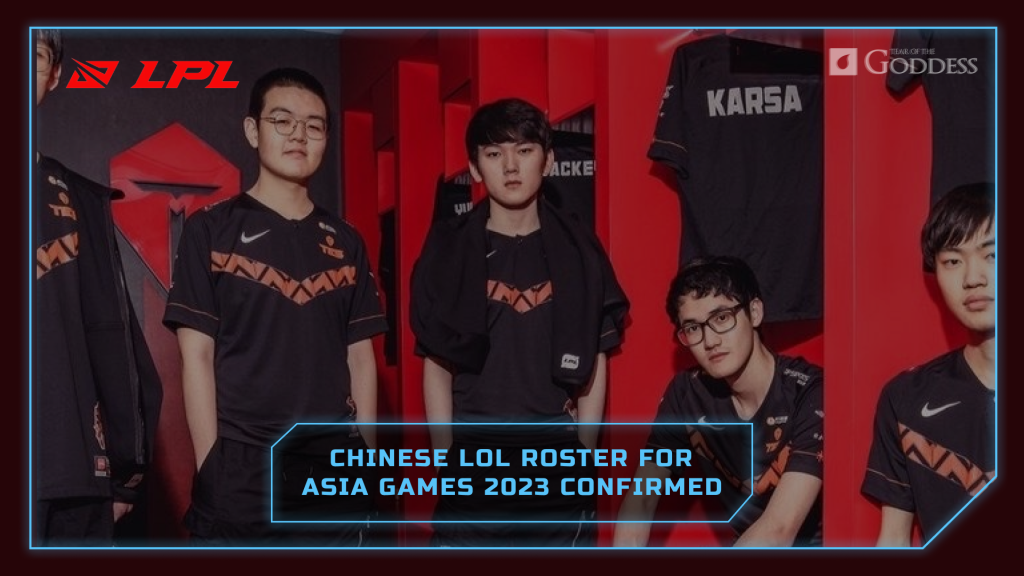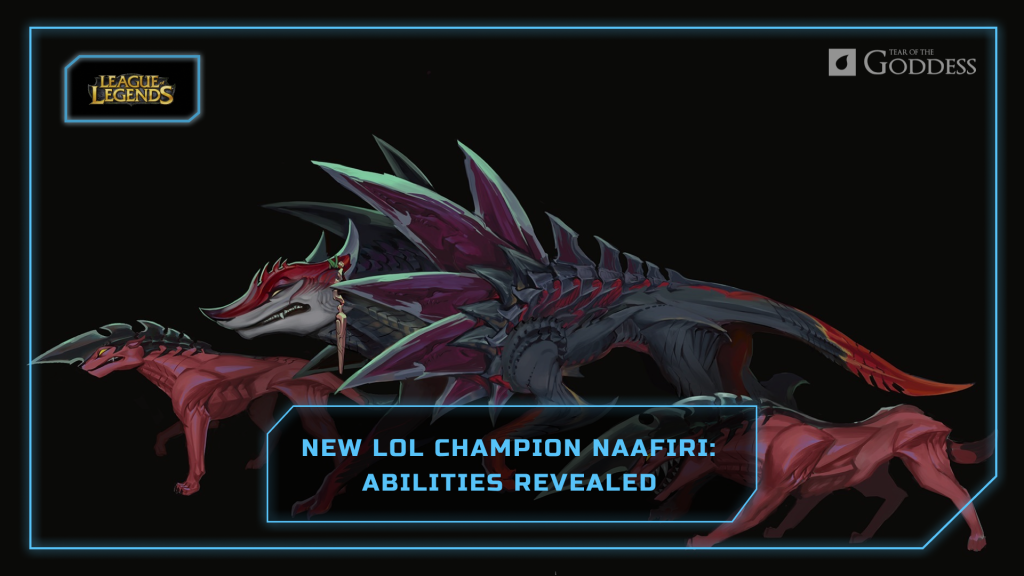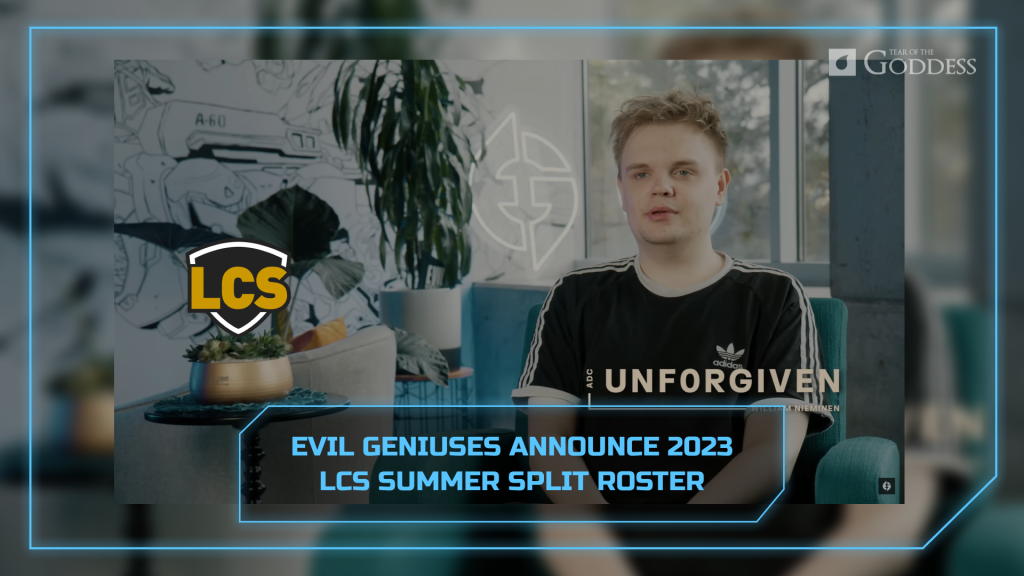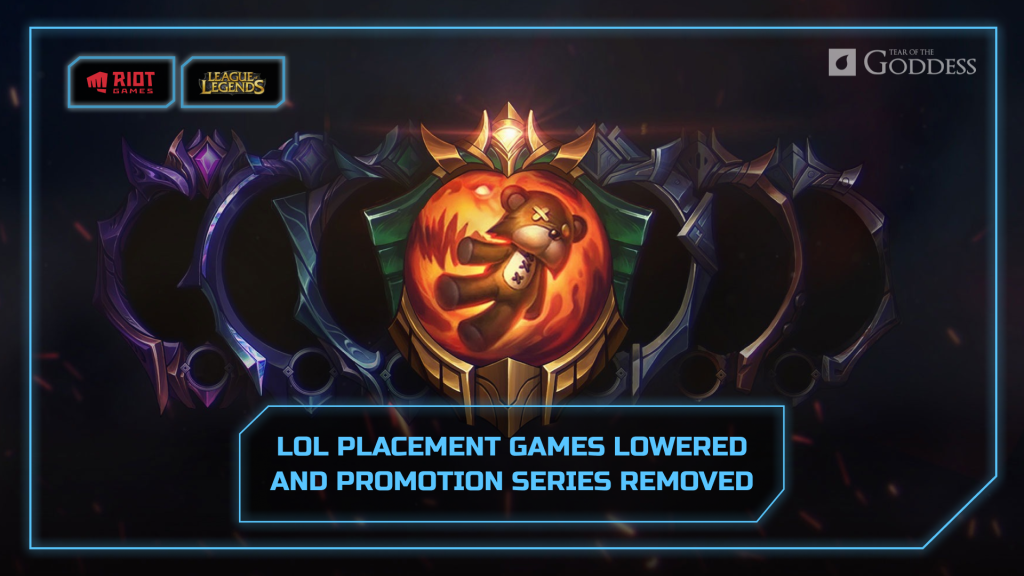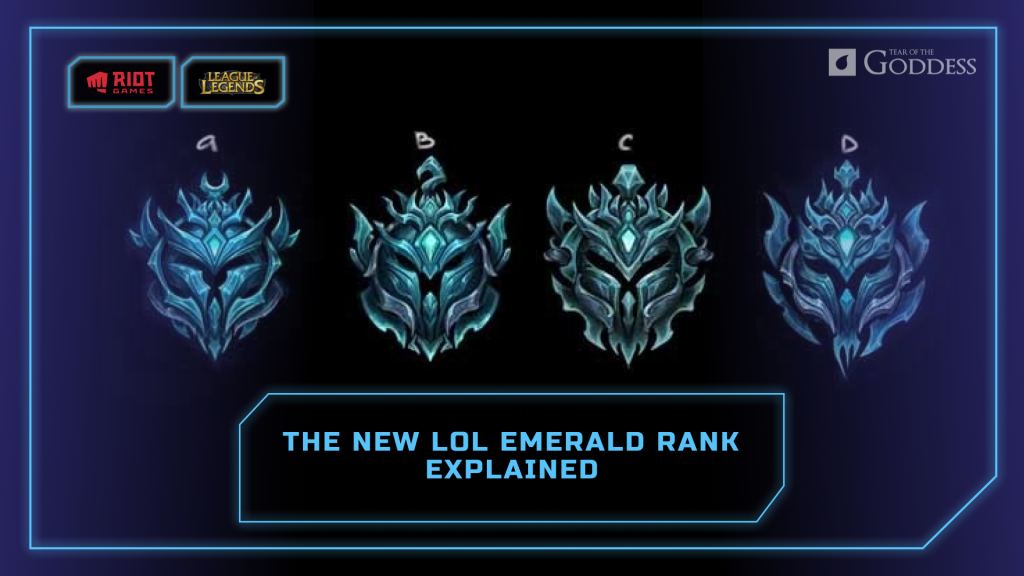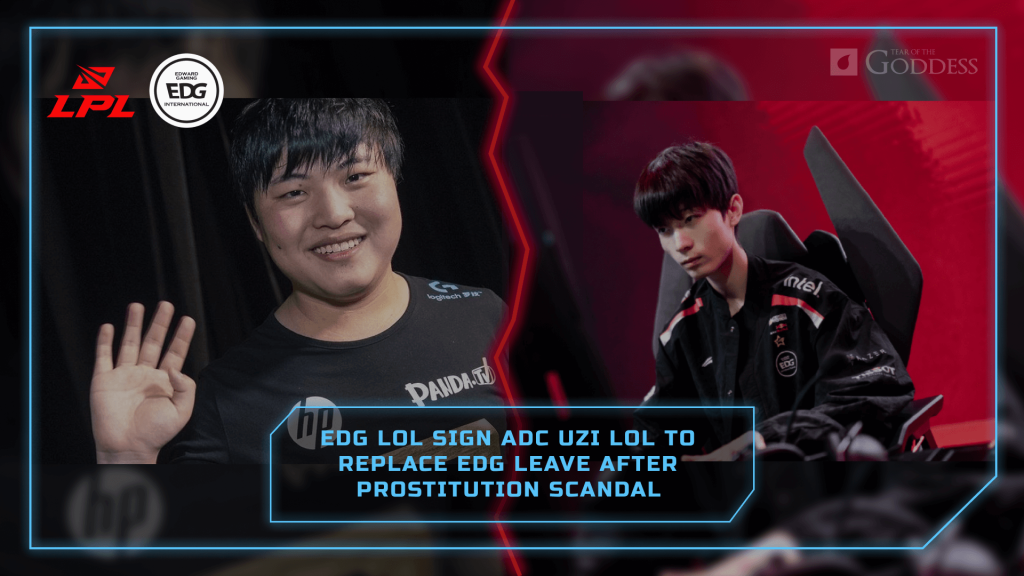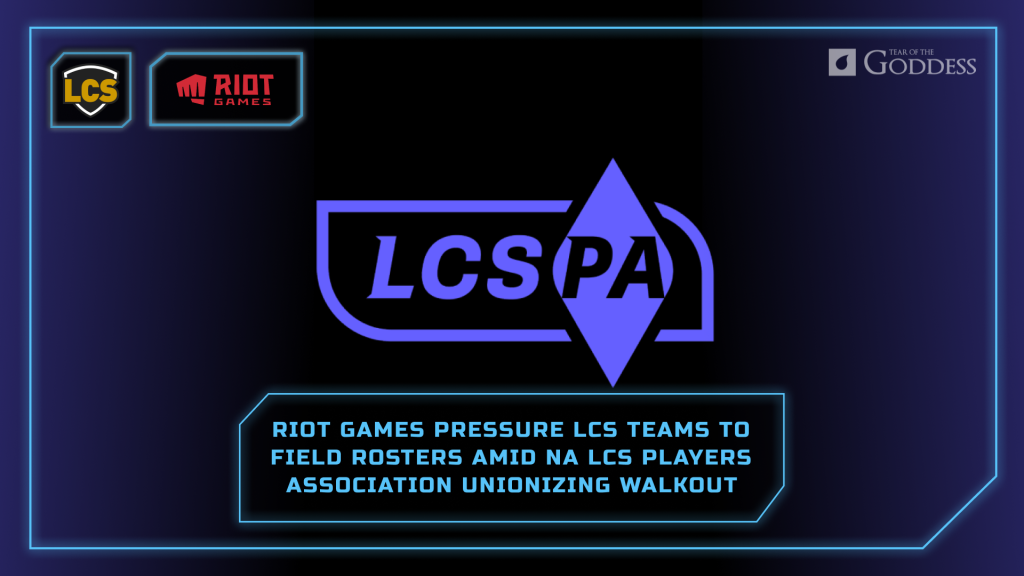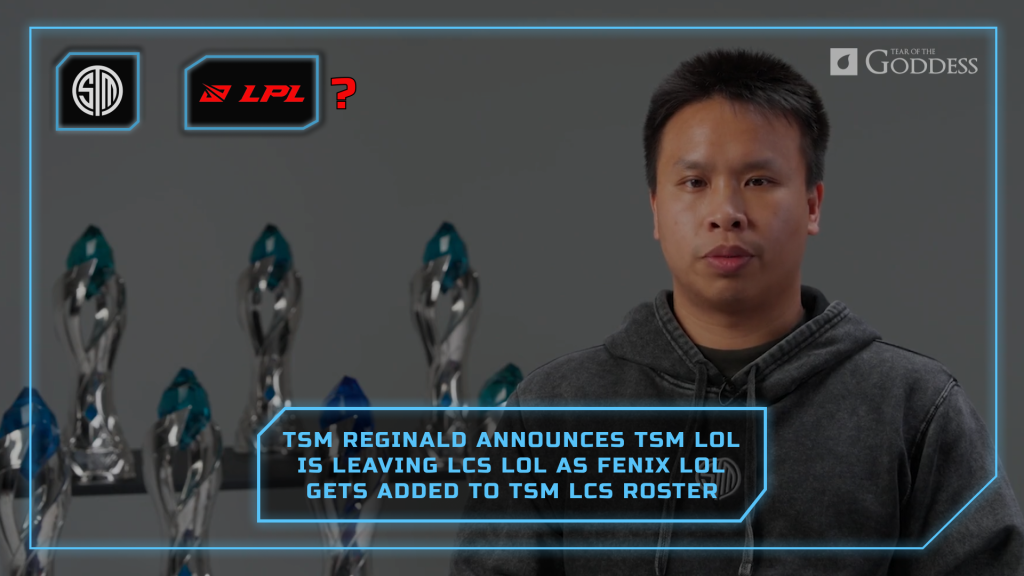LEC rebranding and format changes
Three regular season splits, more three and five-game series, and a revamped ERL structure is upon us with the announced LEC format changes.
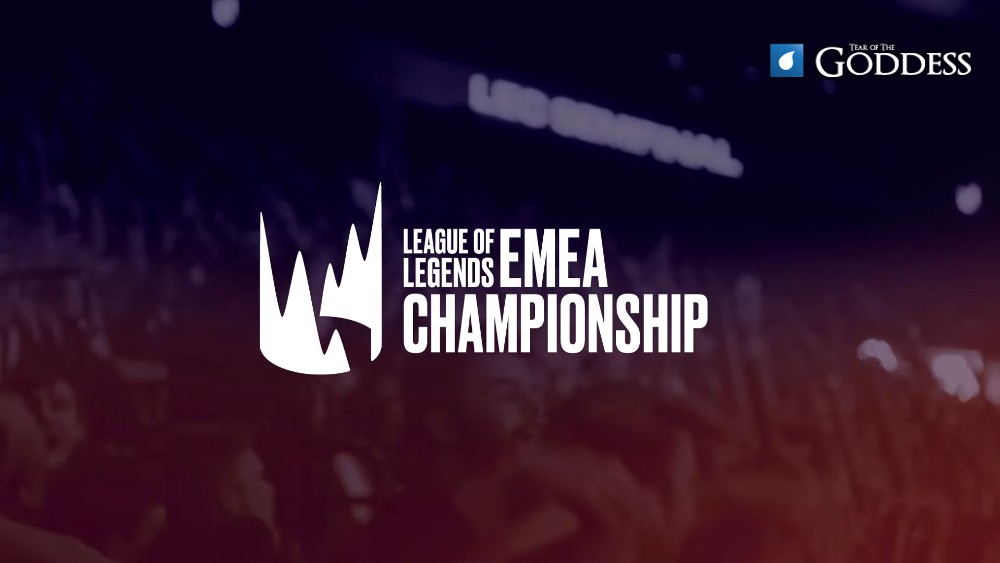
As much as fans in the Western hemisphere love to harp about Riot’s approach to the game, it seems like it finally worked. Riot and the LEC have just announced massive changes to its format, structure, schedule, and levels of competition. Fixing the issues won’t be an overnight process, but this is definitely the first and right step.
LEC is expanding into the EMEA
After a decade of competition, the League of Legends European Championship (LEC) is finally expanding. The EMEA now stands for Europe, Middle East, and Africa. This integration of their regional competitions under one banner was long overdue. This new and improved ecosystem should, in theory, take competition and viewership to a new level. The LEC has always managed to pump out tons of interactive content. But Riot are well aware of what a slippery slope the audience can be, as witnessed by the LCS demise.
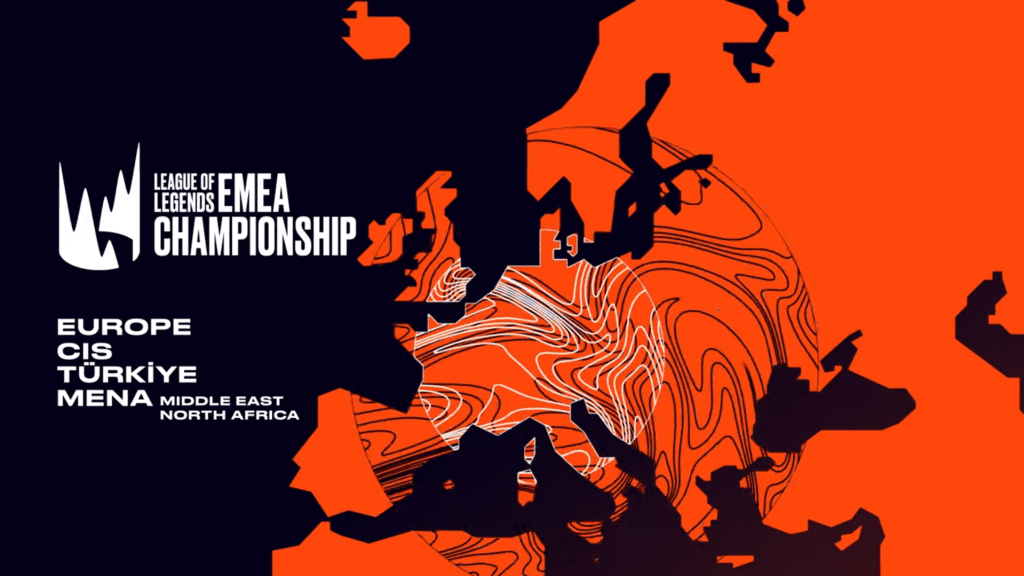
Just to clear things up, teams from these regions will not be integrated into the LEC. Instead, Riot is finally giving the support regional leagues in Europe have always deserved. The Turkish Championship League (TCL) and MENA regions are being implemented in the European Regional Leagues (ERL), making them 13 in total. And while questions about the Russian Leagues (LCL and CIS) are still up in the air, only time will tell. As of now, Riot is taking the World Championship away from the TCL and LCL, and is introducing a Turkish broadcast to cover the new audience.
LEC format changes include 3 competitive splits
To the delight of LEC fans, the circuit finally gets what it needs, format changes. Instead of two regular season splits that span across eight weeks, we now have three splits that last six weeks.
This is a great chance to improve product quality by removing teams that are not fielding competitive rosters. While franchising has proven to be a successful model for business, some teams are not willing to invest in their rosters. Without the fear of relegation or losing their spot once they have paid for it, teams have been willing to field young and cheap rosters that ultimately ruin the quality of the product. With these format changes, they are incentivized to build competitive rosters or lose revenue by not receiving the screen time they would previously get.

Three LEC splits in 2023 competition format
The new Winter Split would kick off a bit earlier in January than previous years. This is done to compensate for having Winter Playoffs by the end of February. March and April would be reserved for the shortened Spring Split, and the winner of it would represent Europe at the Mid Season Invitational (MSI). June and July are scheduled for the Summer Split, after which the winners of the three splits enter the LEC Season Finals. They will be joined by the three teams with the most Championship points as they battle it out through four weeks for the LEC title and the opportunity to represent Europe at the World Championship.
EMEA Regular Split format
Each of the three regular-season splits will be divided into three different stages. The first three weeks of each split will be best-of-one games between all 10 teams. The next three weeks will be filled with best-of-three and best-of-five series. The eight best teams advance to the group stage, where they would play through a double-elimination bracket divided into two groups. From there, the top four teams will advance into the playoffs, determining the Split Champion through best of five series.

EMEA Masters circuit
Up until this point, the winners of the regional league of Europe have faced off in the EU Masters tournament after every competitive split. But since the Turkish, Middle East, and Russian league would be joining the ERL competitions, it’s now the EMEA Masters. The TCL is now joining the Riot-accredited ERLs like the Spanish Superliga, Polish Ultraliga, French LFL, and Germany’s Prime League. This is a great change that should benefit players in the new leagues with the new residency status their competitions would be able to provide them. Mainly, they won’t be counted as imports, making upward mobility in the league much easier. A lot of careers will flourish due to this, and many young adults will reap the benefits of being competitive gamers.
Header: Riot Games


